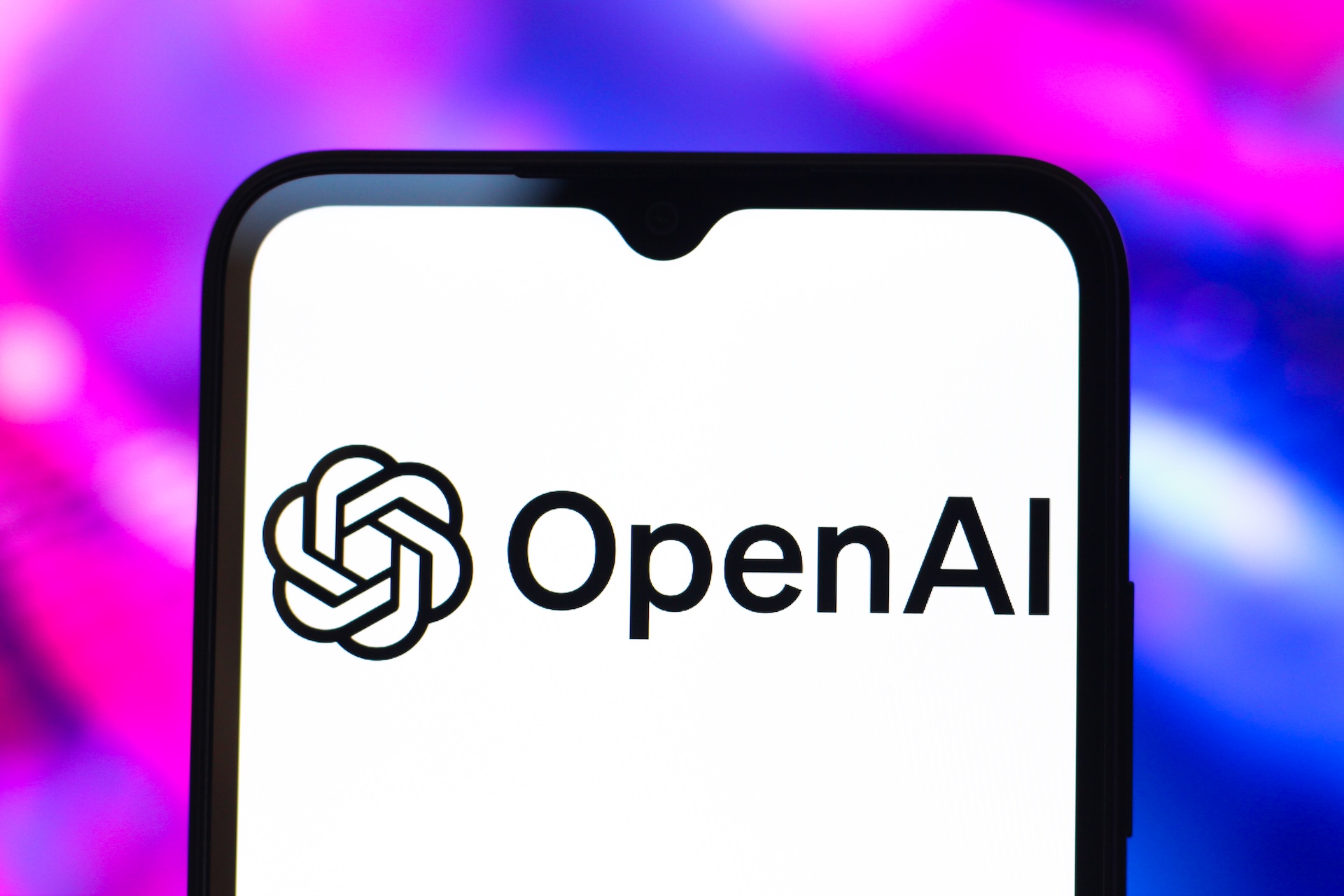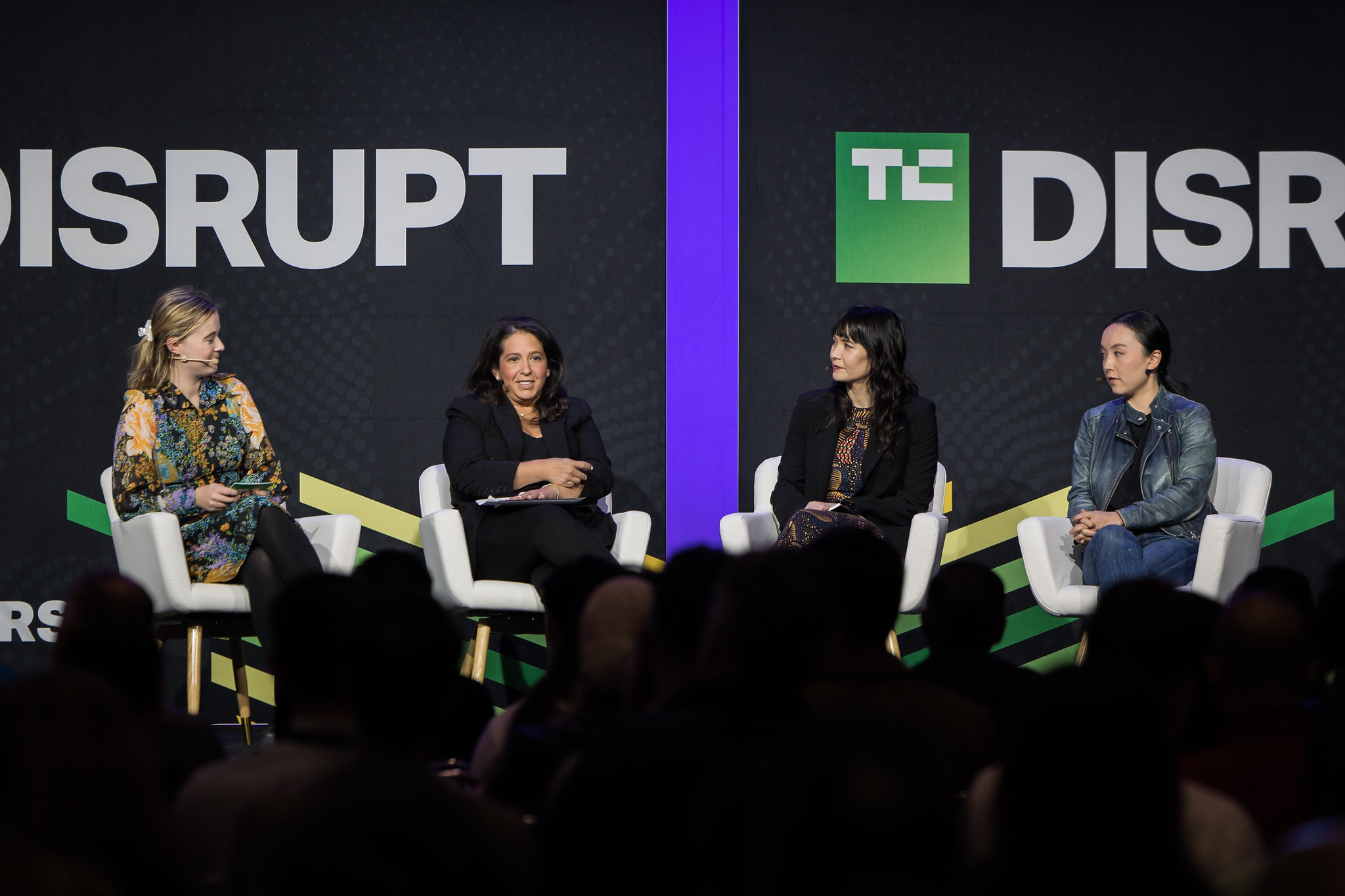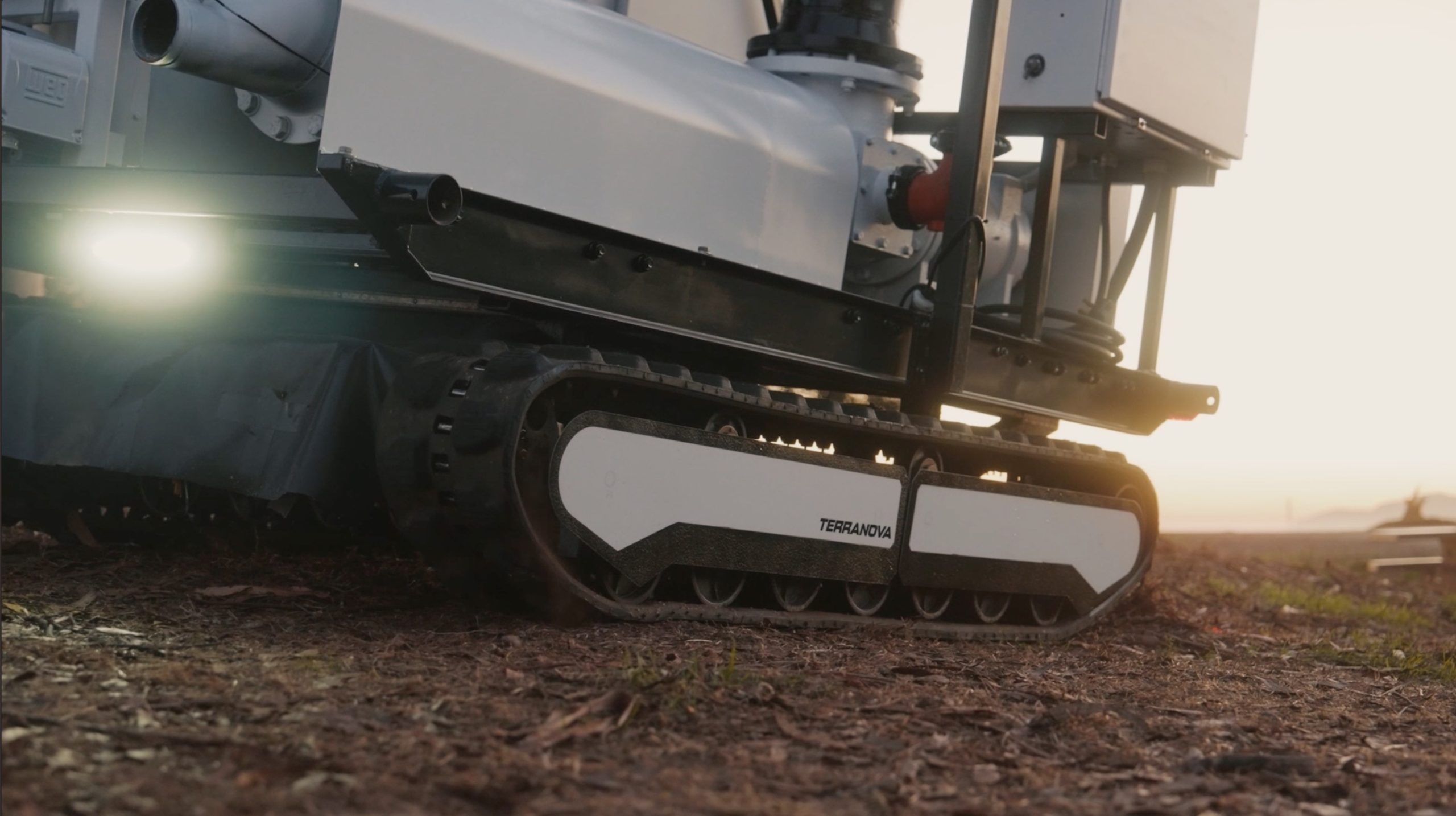
The premiere of Apple TV’s "Pluribus," the latest series from acclaimed showrunner Vince Gilligan, has ignited a fervent discussion within the entertainment industry, not solely for its intriguing narrative but for an unconventional declaration embedded within its closing credits. Viewers who stayed through the entire episode were met with a stark, unprecedented disclaimer: "This show was made by humans." This concise statement, positioned remarkably alongside standard acknowledgments for animal safety, serves as a powerful testament to the show’s origin, deliberately distinguishing it in an era increasingly grappling with the proliferation of generative artificial intelligence in creative fields.
The Rising Tide of AI in Creative Industries
The context for Gilligan’s bold assertion lies in the rapid and transformative advancements of generative AI technologies. Over the past few years, artificial intelligence has moved beyond mere analytical tools, evolving into sophisticated engines capable of creating original content. These systems can generate scripts, compose music, produce visual effects, synthesize voices, and even craft entire digital characters with astonishing realism. This technological leap has profound implications for industries reliant on creativity, particularly Hollywood. While AI offers tantalizing prospects for efficiency, cost reduction, and accelerated production timelines, it simultaneously raises existential questions about the role of human artistry, intellectual property, and the very definition of creative originality.
For decades, the idea of machines contributing to artistic endeavors was largely confined to science fiction. However, the last five years have seen AI models like GPT-3, DALL-E, Midjourney, and Stable Diffusion transition from experimental curiosities to powerful tools accessible to a wider audience. The rapid development of these large language models (LLMs) and diffusion models has enabled the creation of text, images, audio, and video that can mimic human-generated content with increasing fidelity. This technological acceleration has fueled both excitement and apprehension, particularly within sectors like film and television where originality and the human touch are often considered paramount.
Vince Gilligan: A Vocal Critic of Generative AI
Vince Gilligan, widely celebrated for his groundbreaking work on "Breaking Bad" and its prequel "Better Call Saul," has not minced words regarding his disdain for generative AI. In an interview published by Variety, coinciding with the "Pluribus" debut, Gilligan articulated his position with characteristic candor. He unequivocally declared, "I hate AI," framing the technology as "the world’s most expensive and energy-intensive plagiarism machine." His critique extended to the output of such systems, which he likened to "a cow chewing its cud — an endlessly regurgitated loop of nonsense." With a touch of sardonic humor, he pointedly thanked Silicon Valley, stating, "Yet again, you’ve f***ed up the world."
Gilligan’s strong rhetoric resonates with a growing chorus of artists and creators who view AI not as a collaborative partner but as a threat to artistic integrity and human livelihood. His "plagiarism machine" analogy touches upon a core ethical debate surrounding generative AI: the sourcing of its training data. Many AI models are trained on vast datasets of existing human-created works, raising concerns about copyright infringement, fair use, and whether the "original" output of an AI truly represents new creation or merely a sophisticated remixing of stolen intellectual property. From a creator’s perspective, the value of unique vision and painstaking craft stands in direct opposition to what some perceive as the algorithmic aggregation and re-presentation of existing ideas.
"Pluribus": A Return to Sci-Fi and Human Themes
"Pluribus" marks Gilligan’s highly anticipated return to the science fiction genre, a domain he previously explored as a writer for "The X-Files." The series reunites him with Rhea Seehorn, celebrated for her nuanced portrayal of Kim Wexler in "Better Call Saul," who takes on the lead role of a romantasy author. Her character finds herself confronting an alien invasion, a premise that, in light of the show’s "made by humans" disclaimer, takes on deeper thematic resonance.
The narrative choice of an alien invasion—a classic sci-fi trope where humanity faces an external, often overwhelming, non-human threat—subtly mirrors the industry’s apprehension regarding AI. The show itself, crafted by human writers, directors, actors, and crew, becomes a meta-commentary on the value of human experience and resilience in the face of the unknown. The romantasy element, a genre deeply rooted in human emotion, connection, and narrative arcs driven by personal relationships, further underscores the irreplaceable qualitative aspects of human storytelling that AI, despite its sophistication, may struggle to replicate authentically. The very act of watching a human-created story about humanity’s struggle against an alien force, knowing it was entirely conceived and executed by people, could foster a unique connection with the audience, reinforcing the show’s underlying message.
Hollywood’s AI Conundrum: Strikes, IP, and Job Security
The entertainment industry’s uneasy relationship with generative AI came to a head during the 2023 Writers Guild of America (WGA) and SAG-AFTRA strikes. A central demand from both unions was the regulation and restriction of AI’s use in creative processes, particularly concerning scriptwriting and the replication of actors’ likenesses and voices. Writers sought guarantees that AI would not be used to generate scripts from their work or to circumvent their compensation, while actors fought to prevent studios from scanning their images for AI-generated performances without proper consent or residual payments.
These strikes highlighted the stark divide between creative labor and studio executives. While creatives expressed profound anxieties about job displacement, the devaluation of their work, and the potential for studios to exploit AI for cost-cutting, some studio entities viewed AI as an inevitable, even beneficial, tool for streamlining production and exploring new creative avenues. The agreements eventually reached included some safeguards, but the underlying tensions persist, indicating that the conversation about AI’s ethical and practical integration into Hollywood is far from over. Gilligan’s declaration, therefore, isn’t just a personal stance; it’s an echo of widespread concerns that permeated the industry during a critical period of labor unrest, positioning "Pluribus" as a cultural artifact born from this very conflict.
Beyond Disclaimers: Seeking Industry Solutions
The "made by humans" disclaimer in "Pluribus" offers a potential template for other creators seeking to distinguish their work. However, the efficacy and enforceability of such disclaimers present significant challenges. In a landscape where AI tools are becoming increasingly integrated into various stages of production, from pre-visualization to post-production, defining what constitutes "human-made" versus "AI-assisted" content can become complex. Is a show still "human-made" if an AI was used for initial brainstorming, background character generation, or even minor script polish? These questions necessitate clear industry standards and ethical guidelines.
Experts suggest that for disclaimers to hold true meaning, there might be a need for independent auditing or certification processes. Similar to "organic" labels on food products or fair-trade certifications, a "human-certified" or "AI-free" label could emerge, verified by third-party organizations. This would not only provide transparency to audiences but also create a potential market differentiator for content creators who prioritize human artistry. Furthermore, legal frameworks around intellectual property will need to evolve rapidly to address AI-generated content, particularly regarding copyright ownership and attribution when AI systems are trained on copyrighted works. The social impact of AI in art extends beyond industry economics, touching upon fundamental questions of cultural heritage, the authenticity of experience, and the very essence of human creative expression.
Conclusion: A Landmark Statement in a Shifting Landscape
Vince Gilligan’s unambiguous stance, coupled with the explicit "made by humans" disclaimer in "Pluribus," marks a significant moment in the ongoing dialogue about artificial intelligence in the arts. It transforms his new Apple TV series into more than just entertainment; it becomes a cultural statement, a rallying cry for human creativity in an increasingly automated world. As the entertainment industry continues to navigate the opportunities and threats posed by generative AI, "Pluribus" stands as a powerful reminder that for many, the irreplaceable value of art lies in its human origin—the unique vision, the shared struggle, the distinct voice, and the collective effort that only human beings can bring to storytelling. Whether this bold declaration sets a new industry standard or remains a singular act of defiance, it undeniably sparks a critical conversation that will shape the future of creative content for years to come.




